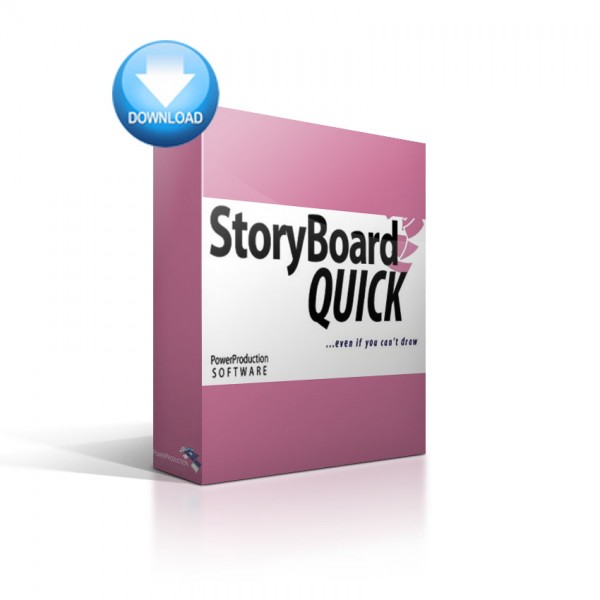

These two tools are much, much more important than the gear you use.Ī shot is a clip of video.
#Storyboard quick 6 how to#
Wondering how to storyboard a video? After cameras and lenses, every video storyteller has two essential tools: shots and cuts. It's an essential tool for making sure everyone involved is on the same page. The storyboard will change as team members offer feedback and the project evolves. Storyboard for Google 10^100 by Simon Berry/flickr CommunicationĪnother challenge of team productions like video is communication. With a storyboard, you can show a client or production crew exactly what you have in mind. It’s much easier to hash out the details during pre-production than it is on location, when the clock is ticking on an expensive production team (or worse, after everything’s been shot!).

It's tempting to just pick up a video camera and start recording, but without a road map you’ll waste time, money and energy.Ī video storyboard forces you to visualize the shots you’ll need, the order in which they’ll appear, and how the visuals will interact with the script. When you storyboard a video, you’re creating a plan for production. Why Create a Video Storyboard?Ī good storyboard serves two main functions: planning and communication. As you read through a storyboard, you should be able to “see” the video playing in your head. It shows who or what is in the scene, what’s being said, and any text or graphics that appear on the screen. Customer journey storyboard by visualpun.ch/flickrĮach square represents a single shot. You need a video storyboard! What Is a Video Storyboard?Ī storyboard is a tool for sketching out how a video will unfold, shot by shot. Have you ever come up with a great idea for a video, but had trouble explaining your creative vision to the client? Do you worry the production crew won’t capture the exact shots and angles you have in mind?


 0 kommentar(er)
0 kommentar(er)
